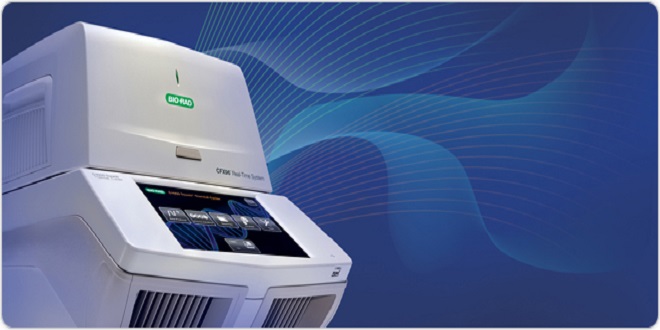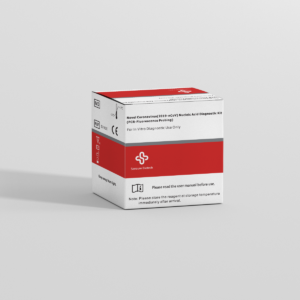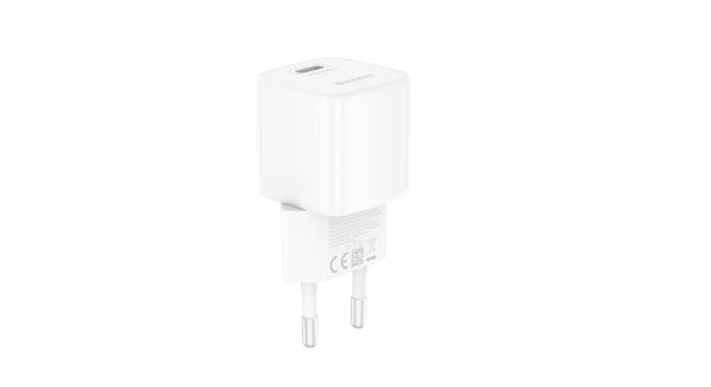Everything You Need To Know About Real-Time PCR Systems

What is a real-time PCR system? A blog talk on a common technique used in molecular biology.

What is a Real-Time PCR System?
Real-time PCR is a molecular biology technique that allows investigators to measure the amount of specific DNA or RNA molecules in a sample as they are being copied. This type of essay is often used to determine how much of a particular gene is present in a sample and can be particularly useful when studying genetic changes or mutations.
How Does a Real-Time PCR System Work?
A real-time PCR system is a powerful tool that allows scientists to identify and analyze DNA sequences in a sample rapidly. The system uses a sequence detector to determine the location and sequence of target DNA sequences. This information is then used to generate results in real-time, allowing scientists to quickly and accurately identify and analyze genetic abnormalities.
Real-time PCR is an important tool for scientists working with genetic abnormalities. The system allows them to quickly and accurately identify specific DNA sequences, which can help them to better understand the cause of the problem. Additionally, the system can be used to diagnose disease outbreaks or track the progress of cancer treatments.
If you are interested in using a real-time PCR system in your research, be sure to check out some of the available options. There are many different models available, so you should be able to find one that meets your specific needs. Also, consult with your local scientific community for additional advice.
When to Consider the Use of a Real-Time PCR System?
A real-time PCR system can be a valuable addition to your laboratory. Here are three reasons you might want to consider using one:
- You need to speed up your analysis. A real-time PCR system can help you speed up your analysis by allowing you to detect small changes in DNA sequences more quickly. This can be useful if you need to analyze DNA samples that are very small or if the DNA sequence is complex.
- You want to avoid cross-contamination. A real-time PCR system can help you avoid cross-contamination by accurately measuring the amount of DNA present in each sample. This can be important if you are working with sensitive DNA samples that may be vulnerable to contamination.
- You want to use multiplexing techniques. A real-time PCR system can help you use multiplexing techniques, allowing you to analyze multiple samples using a single set of probes at once.
Conclusion
Real-time PCR systems are a powerful tool that can be used for various purposes, both in the lab and in biotechnology. In this article, we will cover everything you need to know about real-time PCR systems, from what they are and how they work to their potential applications.





